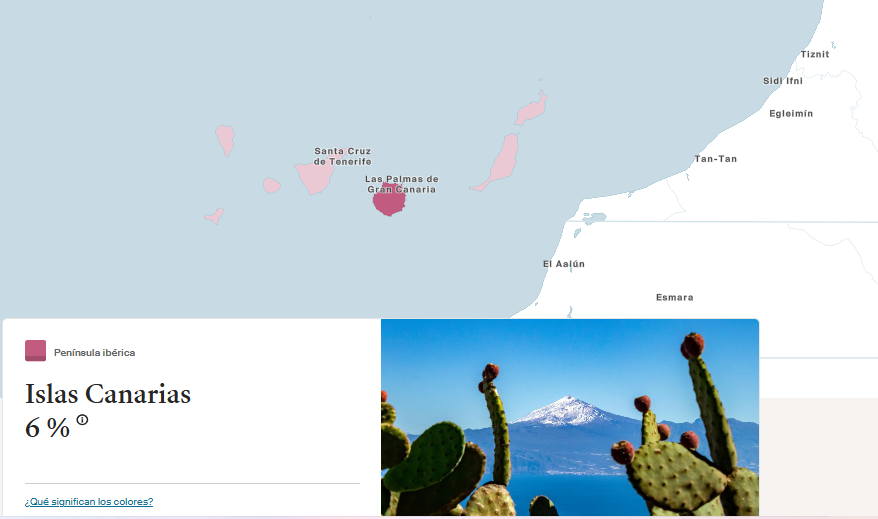2


















| Thumbs Up/Down |
| Received: 1,919/2 Given: 2,881/14 |


You all can try this too. I showed OpenAI my updated AncestryDNA update:
��*☠️ England (72% Total)
Southeastern England & Northwestern Europe – 52%
This region represents a major cluster that includes southern England, parts of Belgium, northern France, and the Low Countries. It reflects:
Anglo-Saxon roots (from Germanic settlers of the 5th–6th centuries),
Norman and medieval French influence, and
Post-Roman admixture overlapping with your documented French and Belgian ancestry.
Because you already know of French (Nord–Pas-de-Calais) and Belgian lines, this region is an almost perfect fit for those ancestors — plus your English ones from Stoke-on-Trent, Yorkshire, and southern England.
It also overlaps genetically with the North Sea–coastal “continuum” where English, Dutch, and northern French populations blur together. In a G25 or qpAdm sense, it’s a composite of Celtic + Germanic + Roman–era Continental European ancestry.
West Midlands – 20%
The West Midlands result reflects your English ancestry from the central to western regions of England (such as Staffordshire and the surrounding counties). This region tends to show a balance of Anglo-Saxon and native Briton DNA, often with less continental influence than the southeast.
Your ancestral connection to Stoke-on-Trent (in Staffordshire) fits exactly with this category — a strong confirmation that Ancestry’s community algorithm is aligning with your known family data.
�� Celtic & Gaelic (20% Total)
Central Scotland & Northern Ireland – 12%
This cluster captures your Lanarkshire Scottish and Northern Irish roots. It’s a genetic zone heavily shaped by Gaelic and Brittonic Celtic ancestry, with some Norse input along the coasts. Historically, families here often intermarried across the Irish Sea, explaining overlap between western Scotland and Ulster.
North East Scotland – 7%
This reflects a distinct Pictish-to-Gaelic population cluster in Aberdeenshire and Moray. While you don’t have known recent ancestry there, this likely represents deep Scottish genetic continuity, showing how regional clusters overlap northward across the Highlands.
Donegal, Ireland – 1%
Donegal aligns closely with the Gaelic Highlands and Ulster Scots-Irish migrations. This trace amount reinforces the same Celtic-Gaelic base seen in your Scotland results rather than implying a separate Irish branch.
���� Western Europe (6% Total)
Northwestern Germany – 4%
This likely reflects the German (Rhineland) branch of your ancestry. Northwestern Germany borders the Low Countries and historically supplied both Frankish and Saxon settlers to England. It’s also the same area where your Rhineland ancestors (possibly Fell region) originate.
In ancient DNA terms, this region overlaps with the Lower Rhine Iron Age and Frankish heartland, contributing both to medieval Germanic movements and English ancestry.
Southern Germanic Europe – 2%
This region can pick up southern German or eastern French signals (Alsace, Lorraine, Switzerland). It may represent a weaker trace of your French Saint-Amand-les-Eaux line, since that area has deep connections to southern Germanic migration routes.
���� Nordic (2% Total)
Denmark – 2%
This is small but meaningful. Genetically, the Danish cluster often captures Anglo-Saxon and Viking-era input into Britain and northern France. It likely represents ancient North Sea admixture rather than a recent Danish ancestor.
In a deeper context, this matches your J2a paternal lineage’s likely integration into northwestern Europe during the Roman or post-Roman era, when Mediterranean and Continental components merged with northern ones.
I think it made a slight mistake that the Southeast England & Northwest Europe would also include the native Iron Age Celtic speaking populace of Britain as well














| Thumbs Up/Down |
| Received: 8,844/29 Given: 5,276/29 |


Hola chicas, qué tal, imagino que tan rubias y flamantes como siempre...supuse que estaría este hilo, asín que aquí está mi actualización.
Actualización de Gallop 2025.

https://www.yfull.com/tree/E-BY7449/
E-V22 - E-BY7449 - E-BY7566 - E-FT155550
According to oral family tradition E-FT155550 comes from a deserter of Napoleon's troops (1808-1813) who stayed in Spain and changed his surname.














| Thumbs Up/Down |
| Received: 8,844/29 Given: 5,276/29 |


My breakdown with the Iberian Peninsula. Well, apparently the darkest shade indicates the closest genetic match. In the Spain results, the strongest color shows the southeast, but I’m actually from the southwest. In northern Spain, Galicia, Asturias, and Cantabria appear, but there’s no color gradient—maybe they lack enough samples. The Canary Islands result seems like complete nonsense to me, since people from the Canaries are half Portuguese, half a mix of Spaniards, and we have no memory or records of any ancestry from the Canary Islands. The Portugal result seems excessive; it might be hiding another breakdown they didn’t want to disclose.

https://www.yfull.com/tree/E-BY7449/
E-V22 - E-BY7449 - E-BY7566 - E-FT155550
According to oral family tradition E-FT155550 comes from a deserter of Napoleon's troops (1808-1813) who stayed in Spain and changed his surname.
There are currently 2 users browsing this thread. (1 members and 1 guests)
Bookmarks